There’s something really spooky about the dim lights, long corridors and the seeping sense of grief that lurks in hospitals. ‘Fractured’ explores this eerie atmosphere by telling a story that deals with loss, paranoia and insanity. The film is part of Netflix’s special Halloween line up for the season and though it does not qualify as a typical horror film, it slowly grows on you and keeps you at the edge of your seat from the very beginning.
Starring Sam Worthington of ‘Avatar‘ fame, the film has been directed by Brad Anderson who is mostly known for other thriller films like ‘The Machinist‘ and ‘The Call’. Just like his other films, the plot of this one unfolds in the most unexpected ways which can be a little confusing for most viewers. So to make things a little easier, we have explained the entire film, keeping its complicated ending in mind.
Plot Summary
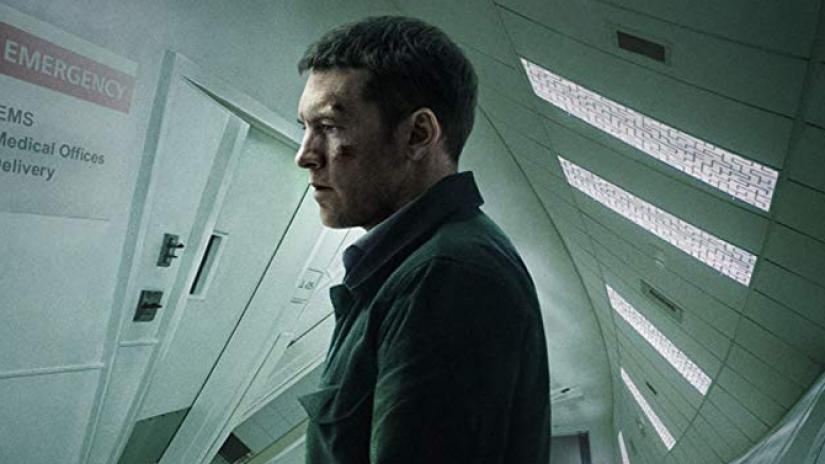
Ray Monroe is on his way back home with his wife and daughter after spending Thanksgiving at his In-laws’ place. Somewhere along the way, the family stops by at a gas station where his daughter wants to use the restroom. This is when things take a grim turn and after being cornered by a dog, Ray’s daughter, Peri, falls inside a construction site ditch. Ray jumps off right behind her to somehow save her and ends up getting his head busted. Even his daughter somehow gets away with just a fractured arm and that’s when Ray suddenly gets an outburst of heroism and rushes to a nearby hospital.
Upon arriving there, he feels a looming sense of bleakness but chooses to ignore it and somehow convinces the staff of the hospital that his daughter needs help. With time, the behavior of the staff of the hospital gets stranger where one of the doctors even claims that his daughter has beautiful eyes. The film also casually dramatizes the bureaucracy that is involved with paying for one’s healthcare but soon leaves this behind. As Ray waits for his daughter and his wife, who went down to the basement of the hospital to get a scan done, he soon realizes that there is something wrong with the place.
Soon, he starts investigating the disappearance of his wife and daughter, who somehow get lost within the walls of the hospital and the more he interacts with the staff, the more he discovers that they are up to no good. In the midst of all the mayhem, he keeps reminding himself that he would do anything for his family and sets out to expose the facility and find his missing family. But not everything is as simple as it seems…
Is Ray Monroe Hiding Something?
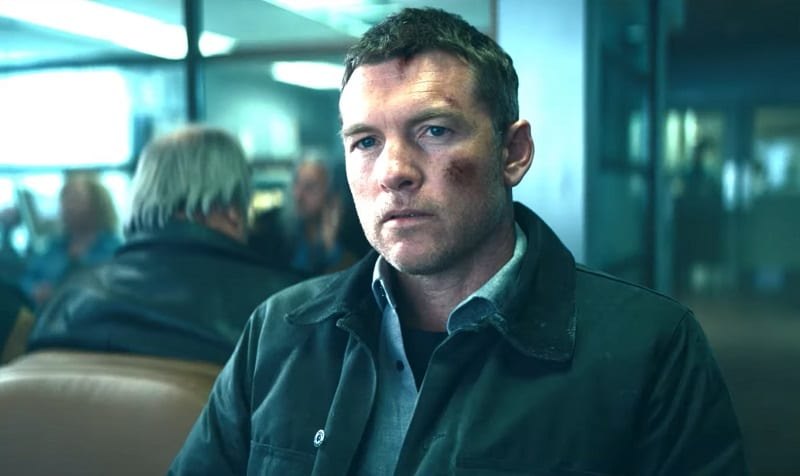
In the beginning of the film, all we know about Ray Monroe is that he is a struggling father and husband who’s trying his best to make his second marriage work. He was also an alcoholic once but has been sober for a long time now. Ray also shows signs of being really frustrated after his wife keeps pestering him about his behavior around her parents and he only expresses this when he’s alone at the gas station.
As the film further progresses, through several flashbacks, it is revealed that his first wife’s Abby had died in a car accident when Ray was drunk driving. The exact scene of the car crash is never really shown but there are several instances where Ray expresses some regret of not being able to save his wife. Even in the beginning, when he gets this outburst of heroism and he keeps preaching about how he would do anything for his family which basically represents his Polar Opposing Insecurity Compensation towards the fact that he was able to do nothing to save his ex-wife.
Fractured Ending: Did Ray Kill His Daughter?
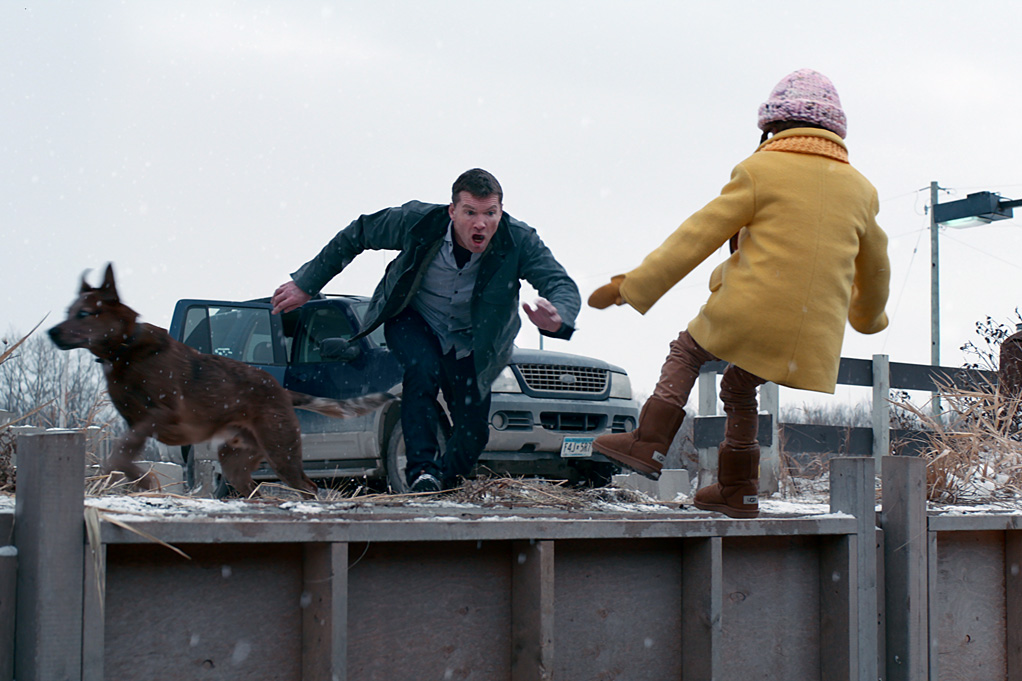
After the first thirty minutes that involve excessive foreshadowing with context to Ray’s past and his growing paranoia towards his surroundings, the film becomes a little repetitive and just revolves around the confrontations between the cops, the staff of the hospital and Ray himself. Ray tries to somehow convince the cops that his family was admitted to the facility and is now being held captive in there while the cops just try to make sense out of everything. Even as a viewer, though a lot of its can get a bit predictable, you find yourself at crossroads when it comes to believing the protagonist or not.
The main twist comes somewhere near the end when a psychologist comes into the picture, who is initially blandly dismissed by Ray. But after noticing that she is the only one who is willing to help him, he starts to open up about his ex-wife with her. Soon after this, Ray takes the Shrink and the cops to the gas station where the whole incident took place. At the station, the cops notice a lot of blood in the construction site pit where Ray’s daughter had fallen. This is when everything starts to make sense to the Shrink who asks Ray to clearly remember what had happened.
With conflicting thoughts swarming in his head now, Ray recalls that he got mad at his daughter and “threw a stone” but instantly corrects himself by claiming that he threw it at the dog who was trying to attack his daughter. This is when the Shrink confronts him and tells him that there was no dog and he did indeed, throw the rock at his daughter after getting a fit of rage.
Was Ray Hallucinating?
As soon as Ray starts giving in to the Psychologist’s convincing theory, he spots the dog that had earlier cornered his daughter into the foundation of the construction site. He snaps back to his own reality, snatches a cop’s gun and locks all of them up in a huge garage nearby. Convinced by his own sense of reality, Ray rushes back to the hospital and kills a guard there just to access to the basement where his wife and daughter were taken earlier.
This is the part where, as a viewer, you must remind yourself that everything that is being shown is solely from Ray’s perspective. He finds out that the hospital is indeed up to no good and runs illegal organ trafficking in its basement. This is when everything clicks and Ray remembers the time when one of the doctors had commented on his daughter’s eyes. Ray even comes across several patients whose bodies have been completely gorged out by the doctors and their organs have been removed. He rushes to the next room and finds a group of familiar faces operating on his daughter. But this time, he has a gun with him, so he asks all of them to back off and rescues his daughter and wife from the “nefarious” facility.
But that’s not where it ends as in the final scene, Ray is shown driving away from the hospital with his wife and daughter in the backseat of his car. But all of this, again, is solely Ray’s perspective to things. The camera then shifts its focus on the rearview mirror of the car and shows that there is actually no one in the backseat. And that’s when everything starts to unfold.
The basement of the hospital, from Ray’s perspective, was an organ trafficking facility but almost all of it was a segment of his own twisted imagination. The bodies that he had discovered were all intact and did not have any organs forced out of them. In fact, the place where he thought his daughter was being operated on, was the actual operation theater of the hospital and the doctors were not operating on his daughter, but on someone else. So the two people that he ends up taking with him in his car later, are not his wife and daughter but are actual patients of the hospital who the doctors were trying to treat. So the hospital was not full of evil organ-trafficking doctors and it was in Ray’s head.
So, yes, Ray was indeed hallucinating. There’s a line in Brad Anderson’s 2004 thriller, ‘The Machinist‘: “A little guilt goes a long way” that might help us understand what was happening inside Ray’s head. All this while, it was Ray’s guilt that drove him insane into hallucinating an alternate reality where he is the hero of his own story.
After a brutal accident, he first ends up losing his first pregnant wife which sparks all the “little guilt”. He lives with this guilt all of his life but somehow moves on and gets married again. An outburst of anger leads to another accident and he ends up killing his own daughter. He loses his mind and when his second wife tries to confront him, he smashes her head on the reinforcement that pops out of the base of the ditch. He then shuts his eyes and that’s when his alternate reality ensues. With the dead bodies of his wife and daughter in his trunk, he heads to the hospital to become the father and the husband that he could never be.
The Various Stages of Grief
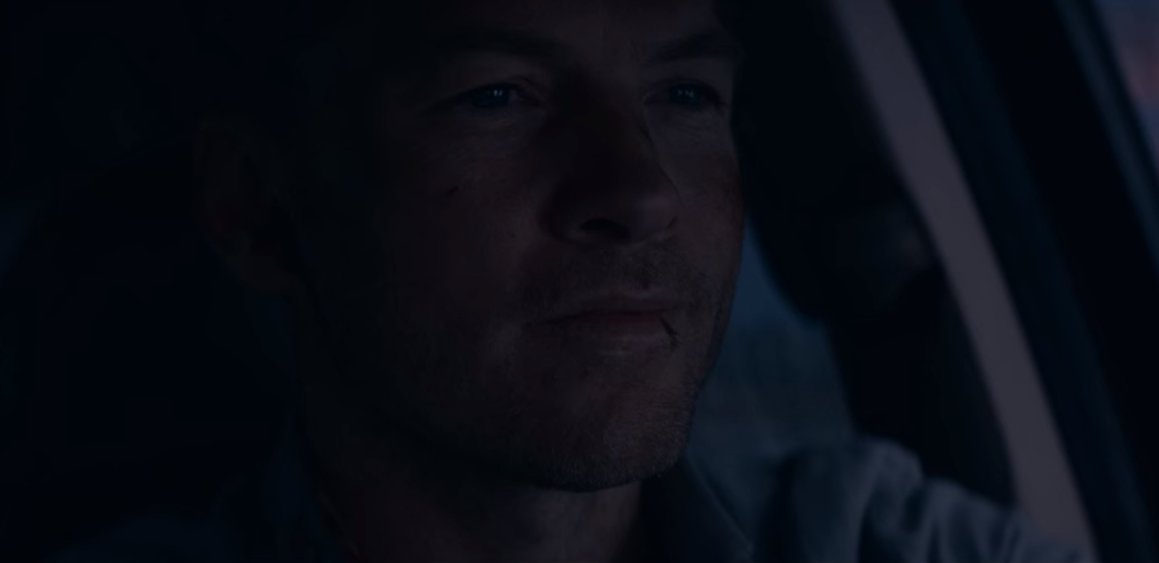
After he loses both his wife and daughter and starts to live an disillusioned version of his own reality, apart from getting over his guilt, he also starts to experience the various stages of grief that one goes through after losing a loved one. These stages include disbelief, anger, bargaining, depression, and finally acceptance. All of these stages have not been linearly portrayed in the film but certain scenes imply that he’s going through it all.
All the time that he initially spends with his daughter and wife at the hospital is a portrayal of his disbelief to the whole situation where he’s finding it hard to accept that they’re gone. Almost all the scenes where he tries to confront the staff of the hospital and also battles his own conflicting thoughts are a depiction of his anger towards everything that might have seemingly taken his family away from him. His sense of bargaining sets in when he starts to choke on the memories of his past while believing that he still could’ve done something to save the life of his first wife and with this, his regret sets in.
When it comes to depression, scenes where he is all by himself, it can clearly be seen that he is going through a lot and has bottled up a lot of his regret inside him. And finally, getting back to the last scene, he looks at his rearview mirror and finds his wife peacefully smiling back at him as she says, “Let’s go home”. To this, he responds with a proud smile but then his expression suddenly changes and that’s when his undying gloom returns when he accepts what has just happened. Acceptance of the fact that absolutely nothing can save him now and from hereon, he does not really have a home to go to.
Read More in Explainers: In the Tall Grass | Time Trap

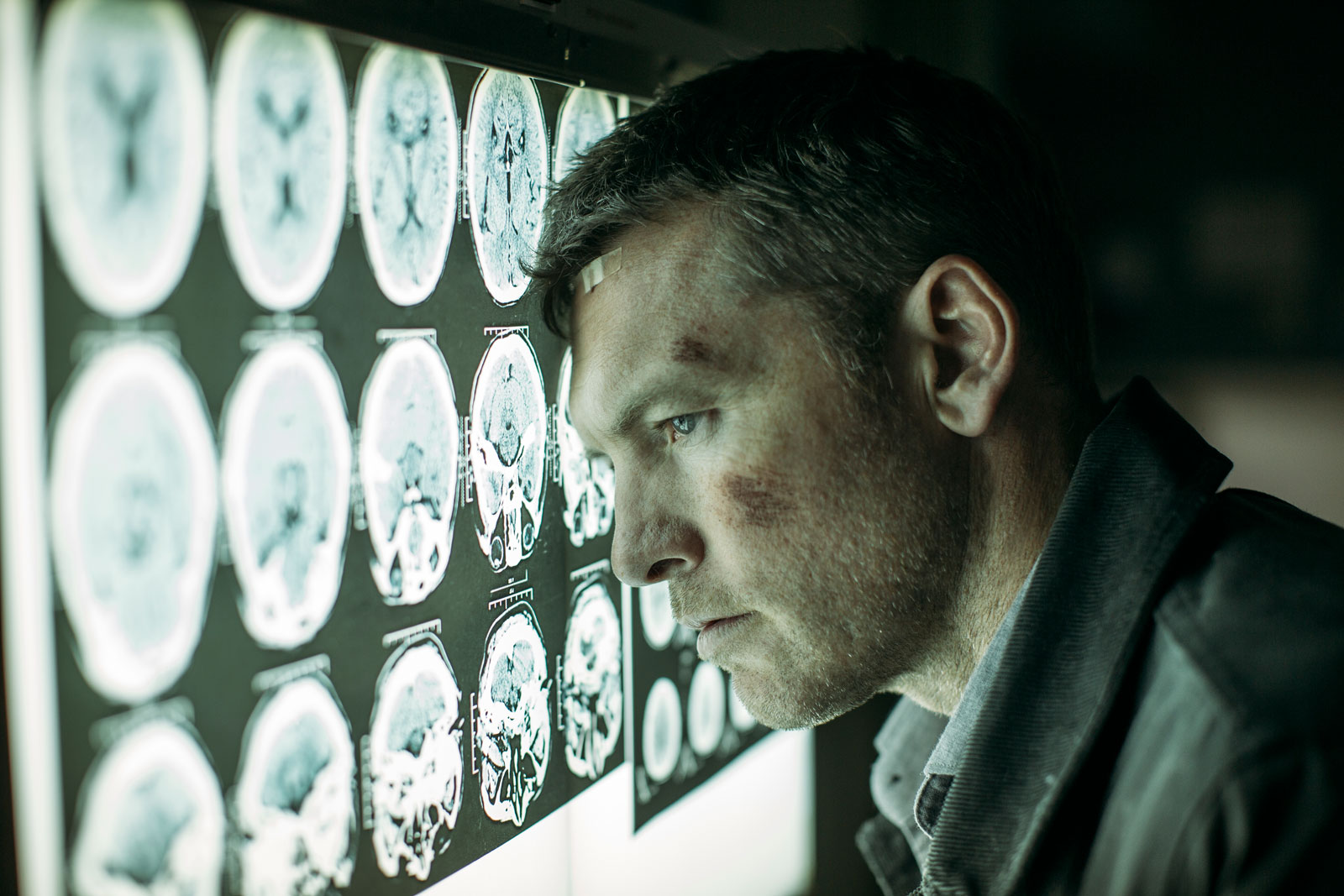
You must be logged in to post a comment.